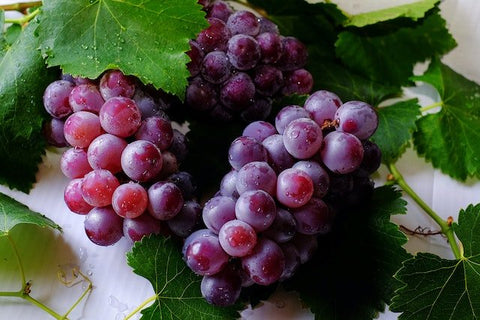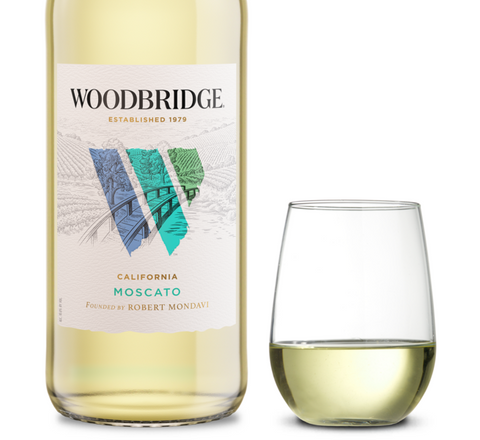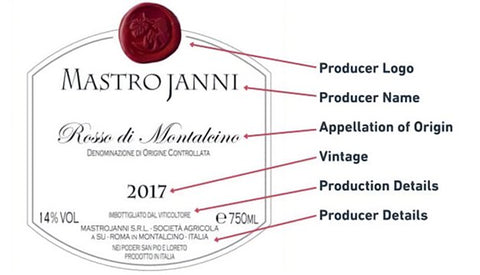(Updated March 19, 2025)
Of the 4,000 grape varieties in the world, why is Cabernet Sauvignon so popular in America? Unfortunately, there is no simple answer, which complicates my job as a professed detractor of the grape. (I prefer Italian wines, so naturally, I gravitate towards varietals like Nebbiolo or Sangiovese.) But truth be told, Chateau Buena Vista's 2021 Napa Valley Cabernet Sauvignon is undeniably delicious.)
Cabernet Sauvignon is a wine grape variety grown and enjoyed in many parts of the world, including Australia, Chile, France, and the United States, and there are several technical reasons why it is so popular.
- Versatility: Cabernet Sauvignon is a versatile grape that can grow in a variety of climates and soil types. This means that winemakers can create a range of different styles of wine, from light and fruity to rich and full-bodied. In plain terms, it's easy and cheap to grow.
- Ageability: Cabernet Sauvignon has a high level of tannins, which gives the wine structure and allows it to age well. This means that many Cabernet Sauvignons can be cellared for several years, developing complex flavors and aromas over time. Again capitalism is a factor. You can sit on bottles for a several years and maybe make a healthy return. If that's the case the wines become known as "investor bottles." If not they are known as just old/vintage wine. As a négociant, it has become increasingly difficult to charge more for Bordeaux, while Napa Cabs continue to defy gravity.
- Familiarity: Cabernet Sauvignon is a well-known grape variety that is familiar to many wine drinkers. This familiarity has helped to make it a popular choice for both casual drinkers and connoisseurs. Familiarity may be a misnomer in this case as ubiquity is really what has made cabernet sauvignon more common than the rapper Common. It is sold everywhere from grocery stores to gas stations. This touches upon branding which is number five in the list of reasons for cab's dominance.
- Food Pairing: Cabernet Sauvignon is a food-friendly wine that pairs well with a variety of dishes, including red meat, pasta, and cheese. Now food pairing is really just a nice way to say that American foods have no flavor when using the phrase in conjunction with cabernet sauvignon. Unfortunately flavor has fallen by the wayside due to the increased use of additives, pesticides and preservatives in food. Some to make chickens fatter. Some to keep pests away from apples. And some even to make white bread whiter. It is because of these industrial agents our apples generally do not taste like anything. Hence why we need to sprinkle cinnamon to make a red delicious apple taste red and delicious. If cinnamon is not your jam (pun) then cabernet sauvignon is so tannic with such mouthfeel that it can even make the bland American palate taste some semblance of flavor from whatever the artificial source.
- Marketing and Branding: Cabernet Sauvignon has been heavily marketed and promoted by wine producers, which has helped to increase its popularity and establish it as a "prestigious" wine variety." Translation: wine companies read their sales reports and cabernet sauvignon always tops the lists so that's what they spend their marketing dollars on. What you water, grows.
- Tourism and Wine Industry Infrastructure: Wine tourism in regions like Napa Valley and Sonoma County in California has drawn attention to Cabernet Sauvignon and the overall wine culture in the United States. This tourism has provided opportunities for consumers to experience the wines firsthand and develop a deeper appreciation for them. Napa Valley trips have become cliche on Facebook. Especially within the wine groups. Ever since Isabella Simi of Simi Winery opened the first tasting room in 1934 and other wineries started taking note and followed with their own versions the tasting rooms just keep getting better. And so do the wine tours. Who doesn't want to park in the laid back lounging of Restoration Hardware sofas under the "visual comfort and discreet aperture" of Lightolier downlights after walking the vines. Besides these luxury fixtures that have become ubiquitous in the tasting rooms make the wine taste better. Of course the vast majority of Napa Valley wine tastes superb wherever you perch. Even on folding lawn chairs. Let's send a bottle of Caymus to all the King of the Hill fans. B̵e̵ ̵n̵i̵c̵e̵,̵ M̵i̵k̵e̵.̵
Overall, Cabernet Sauvignon's commercial success in the United States can be attributed to its versatility, ageability, familiarity, food pairing, marketing and tourism. These factors have collectively contributed to establishing Cabernet Sauvignon as the king in the American wine market.




Comments (0)
There are no comments for this article. Be the first one to leave a message!